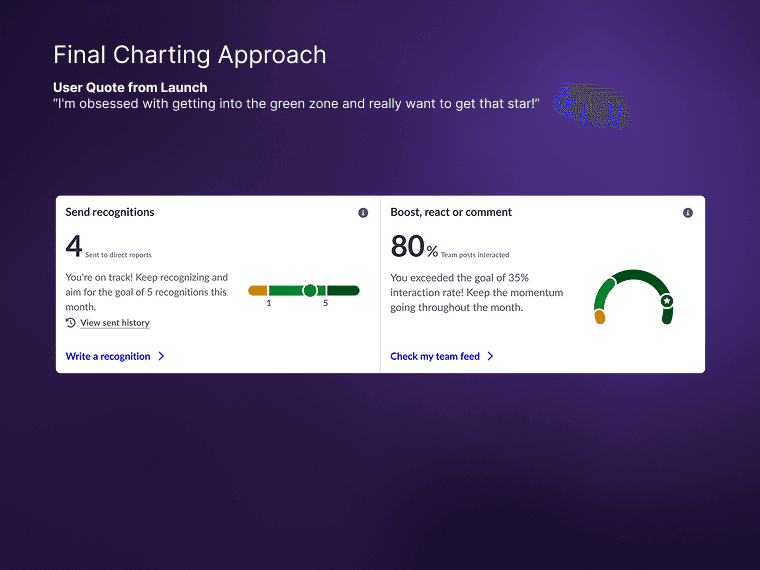We shipped a new platform shell that was scalable and could house multiple product lines. We shipped investing while retaining 95% of existing customers. We designed over 20 patterns that each design organize could leverage in their domains to provide a cohesive experience.
Summary: I led the design vision across five business lines, coaching my team and partnering cross-functionally to deliver a scalable platform, consistent onboarding, and a unified customer experience.
Team: I directly managed 7 product designers. I also led a content designer, user researcher and two visual designers.
Activities:
Create design vision and bring alignment across 4 business lines including investing, trading, mortgages, insurance and banking
Drive project through stages of discovery, decision making, exploring and refining by coaching designers
Partner with leaders across engineering, business, legal, compliance, sales and marketing
Ship the “shell” or “platform”
Ship onboarding for new sign ups and account creation across onboarding
Migrate and ship investing features
Champion the design direction and teams work across executives, partners and different business lines
New onboarding and investing account creation for 10+ account types (shipped)
New platform with navigation and platform features (support, documents, reporting, inbox, profile) to house business lines
Investing ported over to new experience
20+ platform patterns designed, documented, and shared
5 business lines designed for with consistent and delightful experiences
One design direction everyone could get behind
Summary: I established design principles and a visual framework that united diverse business lines. Presenting research-driven insights helped secure executive alignment early.
Activities:
Defined design principles for content and interaction
Built a visual structure in partnership with the UI design team
Conducted content inventories with each business line
Identified problem “hot spots” through user research, sales, and support insights
Secured executive buy-in through strategic presentations
Linked the vision to company strategy, showing how the portal could scale with future services
Special Success Story: Support’s challenges had been invisible to executives; my presentation surfaced them and secured support for change.
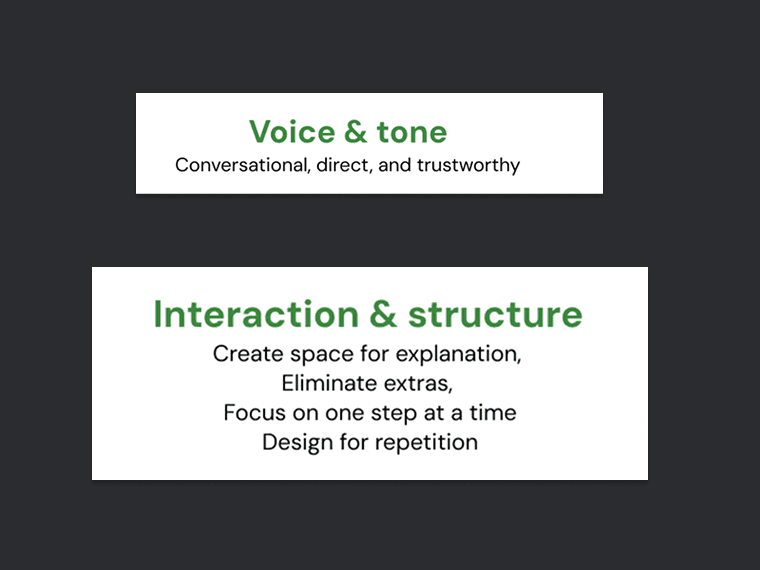
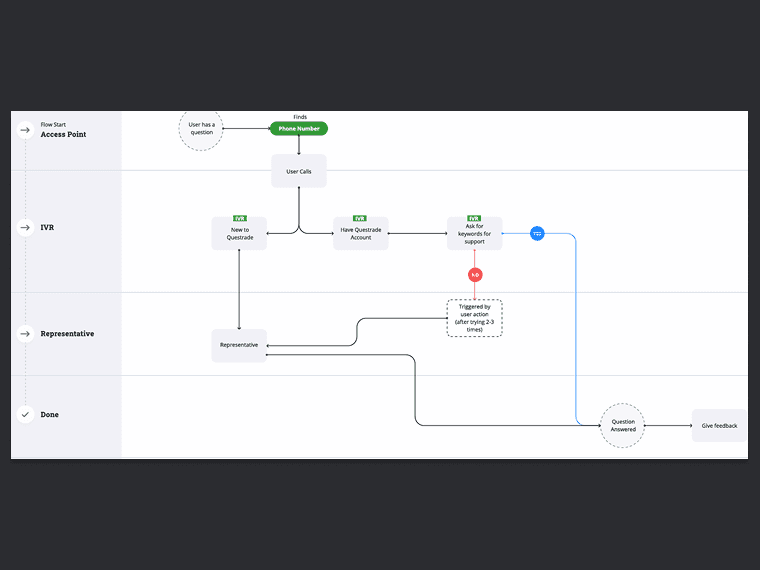
Summary: I structured the design process around clear ownership and cross-team collaboration. This shifted the culture from design being on the defensive to design leading solution reviews with product and engineering.
Activities:
Delegated ownership of experience areas with clear success goals
Introduced design and cross-functional ceremonies to maintain momentum
Raised design maturity by positioning design reviews as solution reviews, making design a trusted decision-maker
Special Challenge Story: When I first joined there was a lot of high pressure presentations where designers were on the hot seat. Often executives were upset with the design direction, and design felt they had no support. I transformed tense design reviews into solution reviews led jointly by design, product, and engineering—earning trust and reducing executive friction.
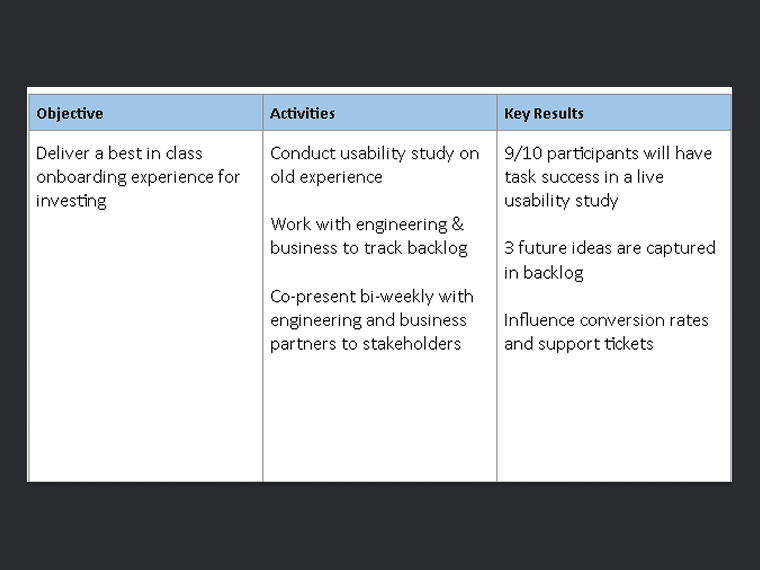
Summary: I introduced the triad model and established new ways of working with product and engineering. This created space for design to be proactive and more strategic.
My Activities:
Introduced the design-product-engineering triad model
Established cross-team ceremonies for alignment and faster decisions
Partnered with engineering to build a backlog that gave design time to iterate
Expanded triad to include legal and customer success when needed, ensuring a holistic perspective
Special Challenge Story: Formalizing the triad model shifted design from reactive delivery to equal partnership.
Summary: I designed the information architecture and identified platform-level experiences that differentiated Questrade in the market. Research-backed testing ensured confidence before launch.
My Activities:
Led the design of the shell which included navigation and key entry points
Analyzed information architecture across all content
Delivered low-fidelty to high-fidelity designs to the platform engineering team
Identified shared experiences for competitive differentiation
Partnered with research to validate IA through testing
Socialized the approach with business lines and executives
Mitigated risk by piloting changes with a subset of investing users before rollout
Special Challenge Story: The biggest concern was disrupting existing investing users; testing and validation reassured leadership of the direction.
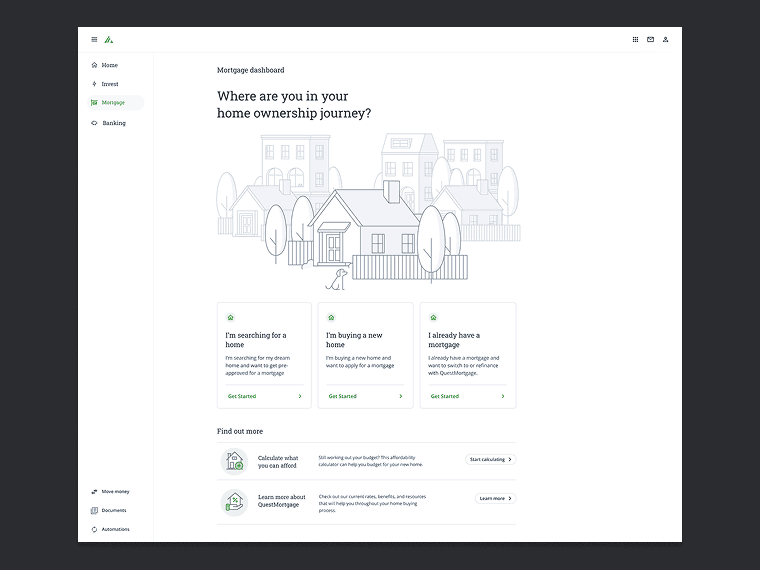
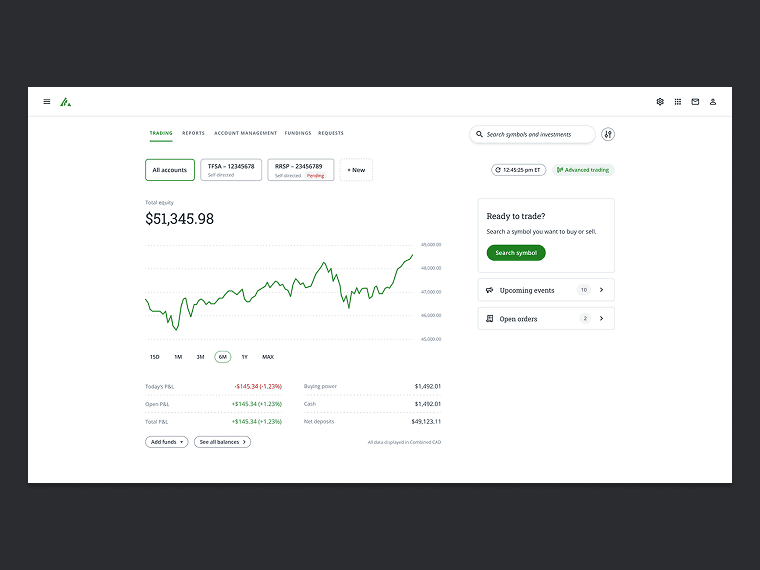
Summary: I defined which features belonged at the platform level and steered designers from discovery to delivery.
My Activities:
Guided designers through discovery, exploration, and refinement
Partnered with business lines to prioritize which features should move to platform
Ensured consistency by documenting 20+ reusable patterns that reduced design debt
Special Challenge Story: Leadership feared changes would harm core investing users, but careful scoping and testing eased those concerns.
Summary: I created governance processes and pattern libraries to drive consistency across teams. These mechanisms gave designers confidence and clarity when navigating competing priorities.
My Activities:
Set up a process for designers to resolve UI and content decisions collectively
Partnered with design systems team to expand to higher-level patterns
Unblocked designers facing resistance from business lines
Coached creation of an internal site to document and communicate patterns
common patterns.
Governance process reduced duplicate design work and sped up delivery by 25%
Summary: I proactively engaged compliance and legal to resolve content issues. When alignment broke down, I used research and executive workshops to restore confidence.
My Activities:
Partnered with compliance and legal to simplify content design
Worked with research to A/B test and demonstrate impact
Facilitated executive workshops to align on research-backed direction
Strengthened designers’ confidence by modeling how to handle pushback at senior levels
Special Story: I convened 20 executives across business lines to review research, rebuild confidence, and align on launch direction.

